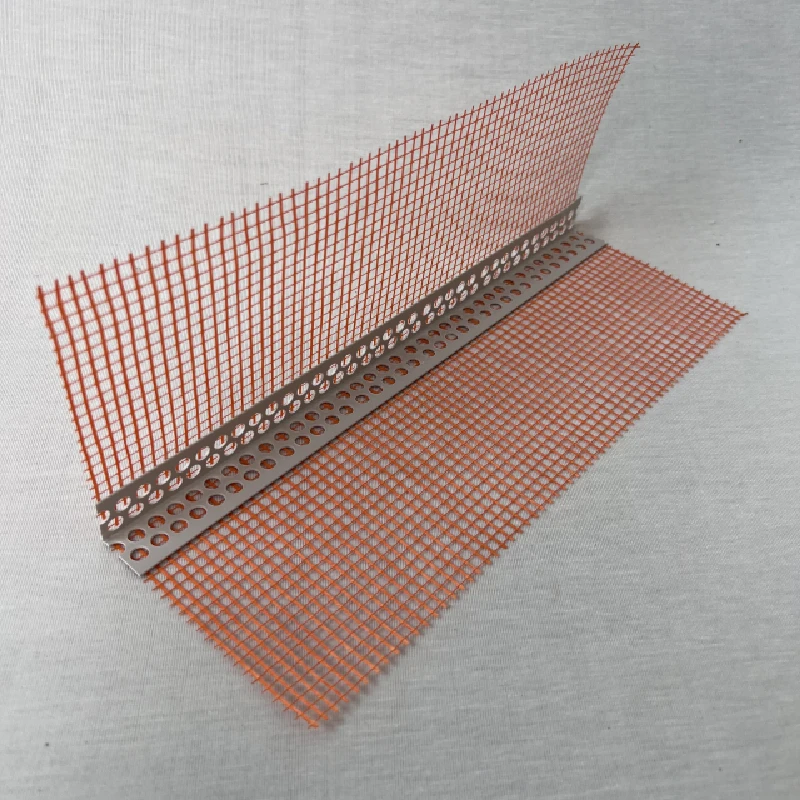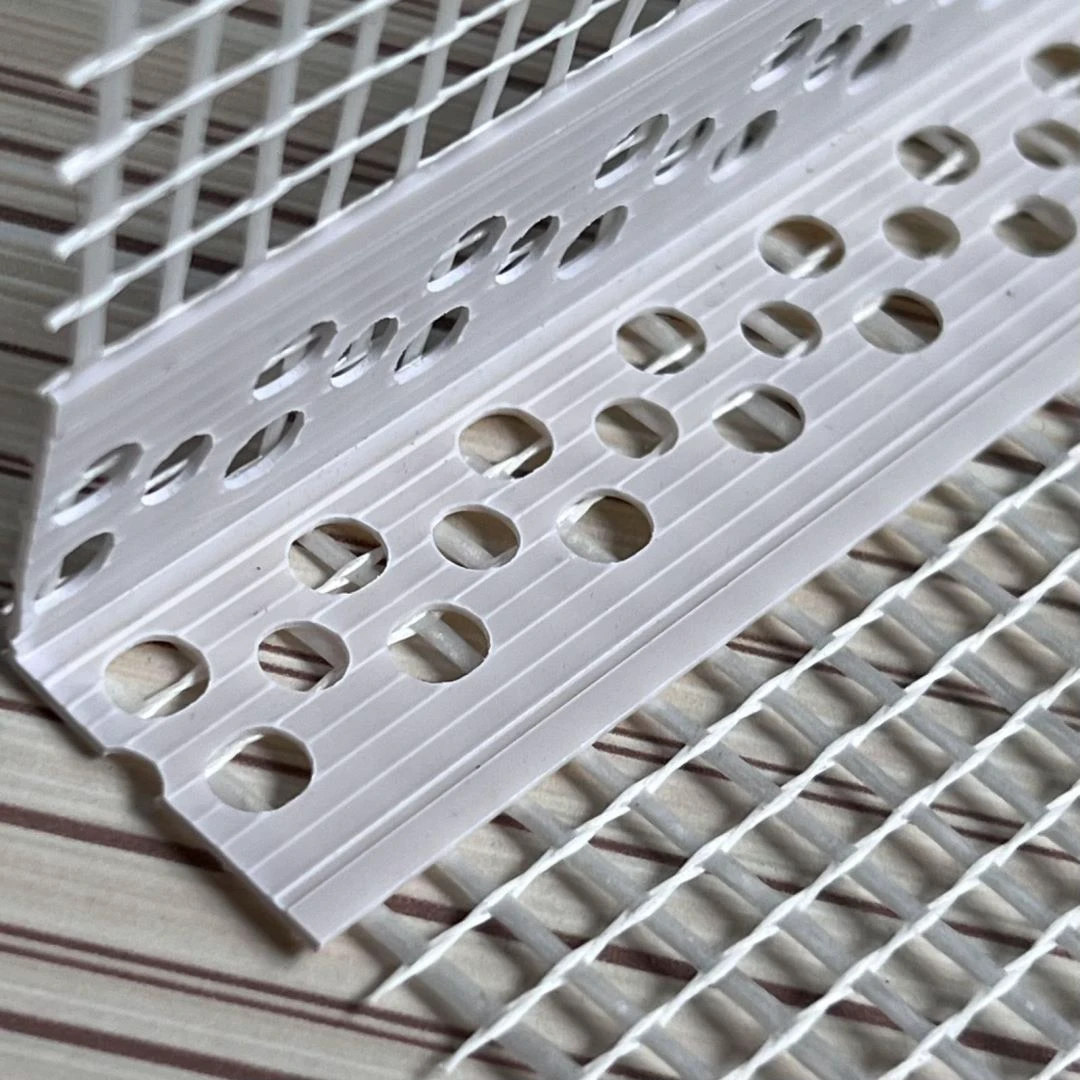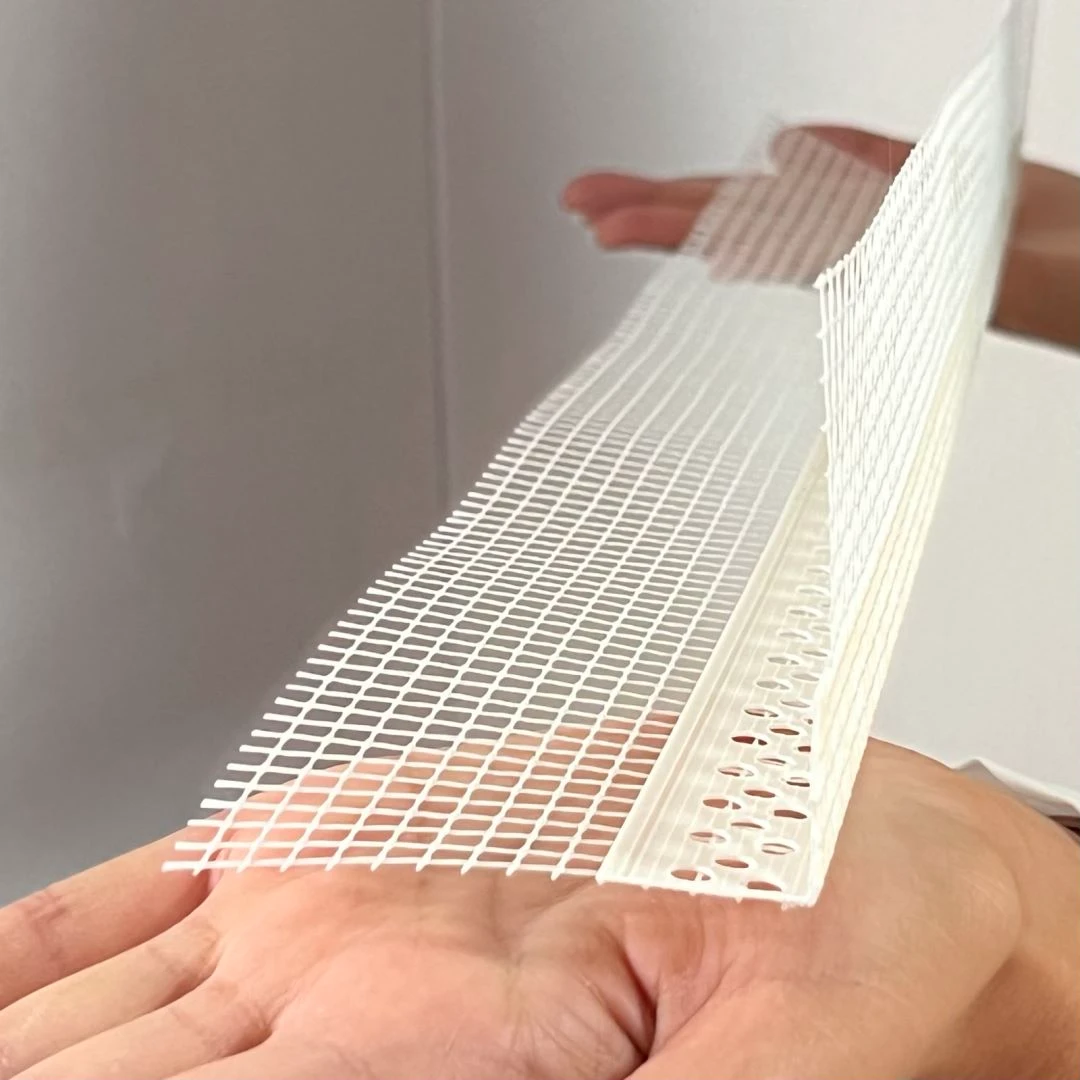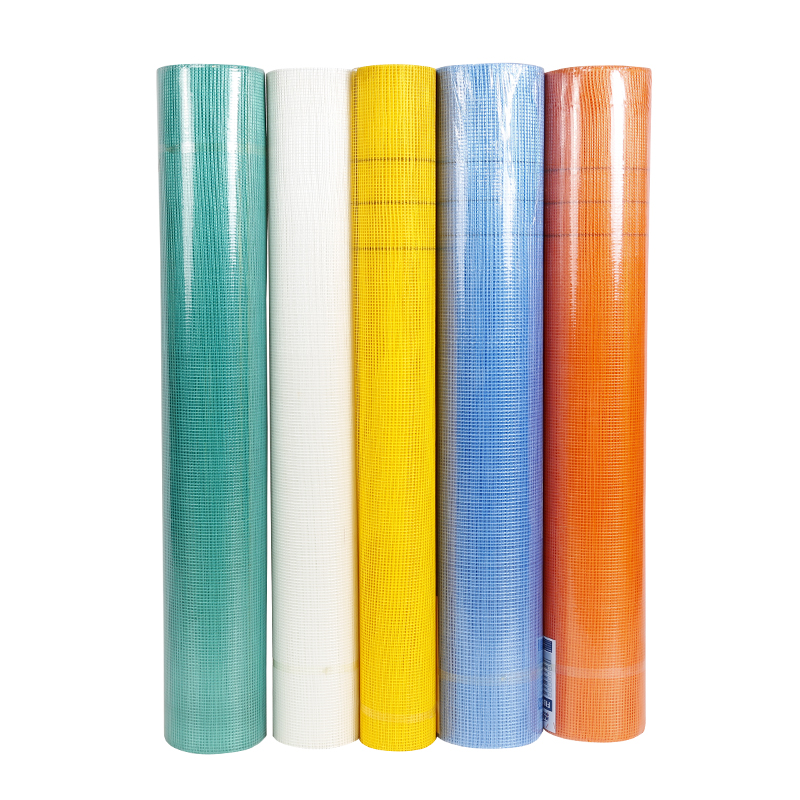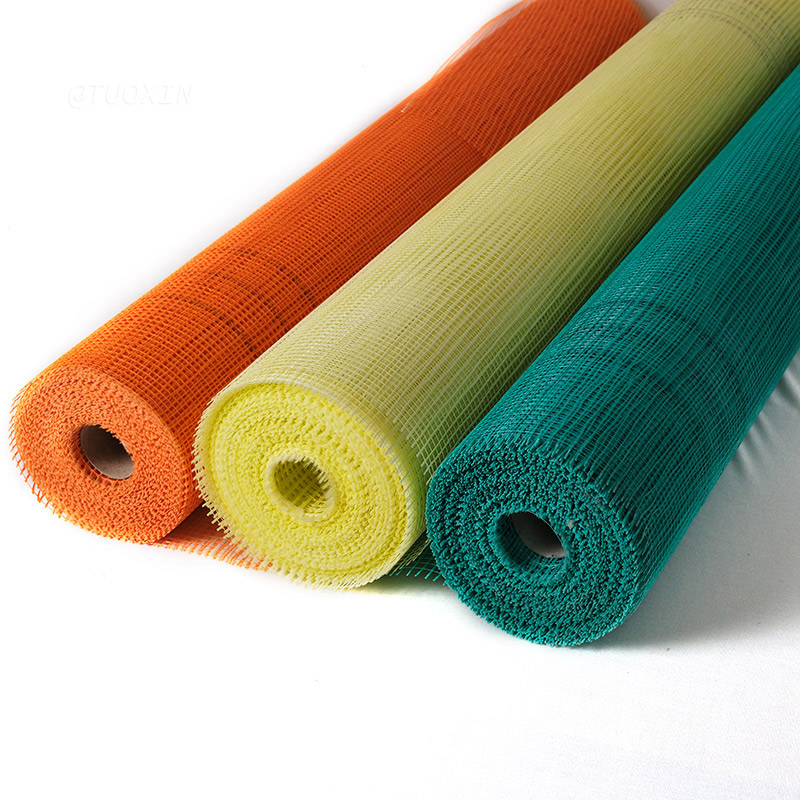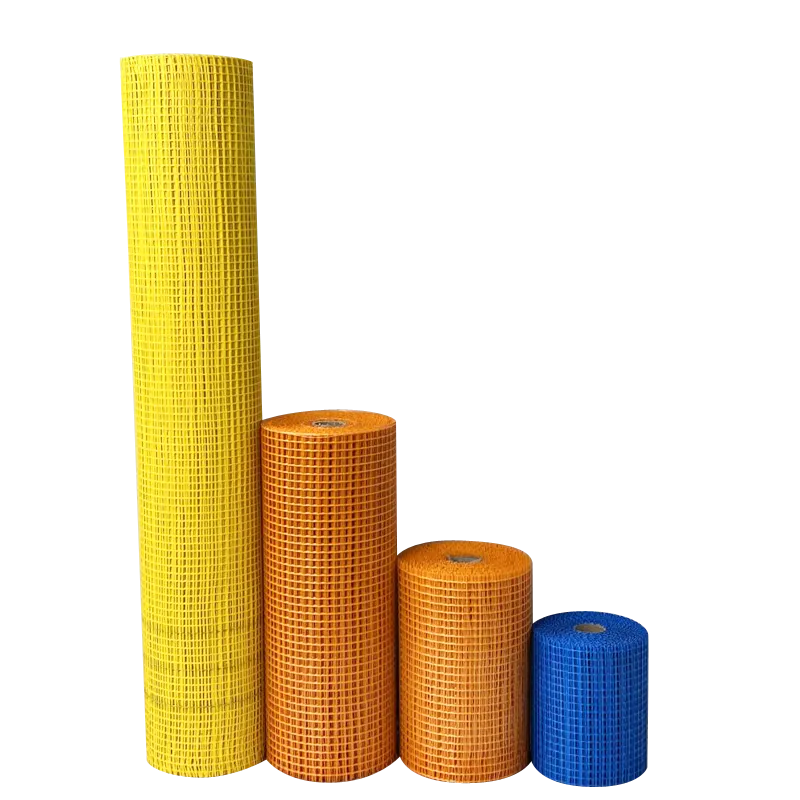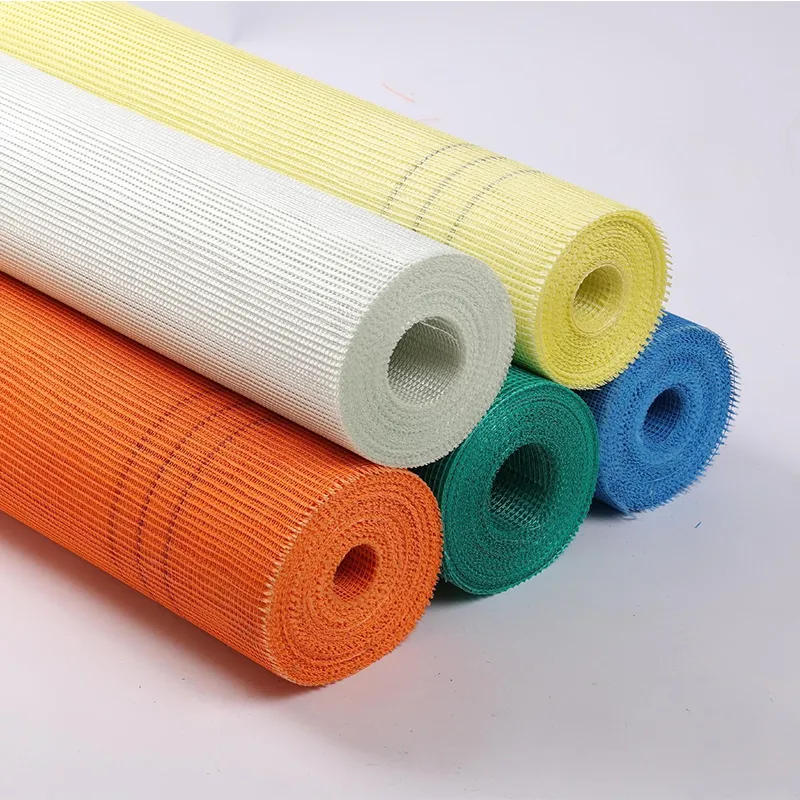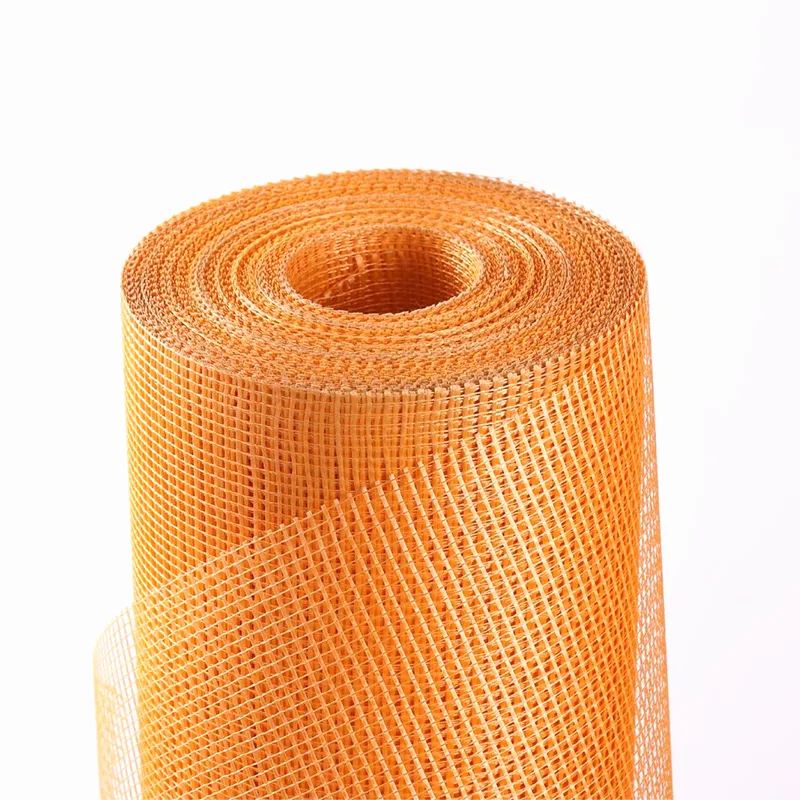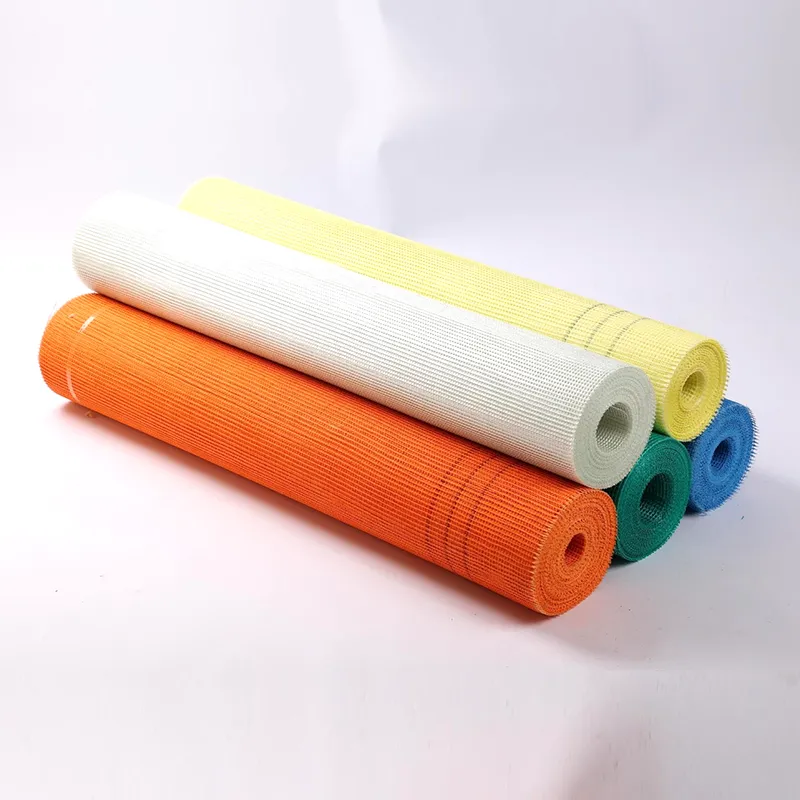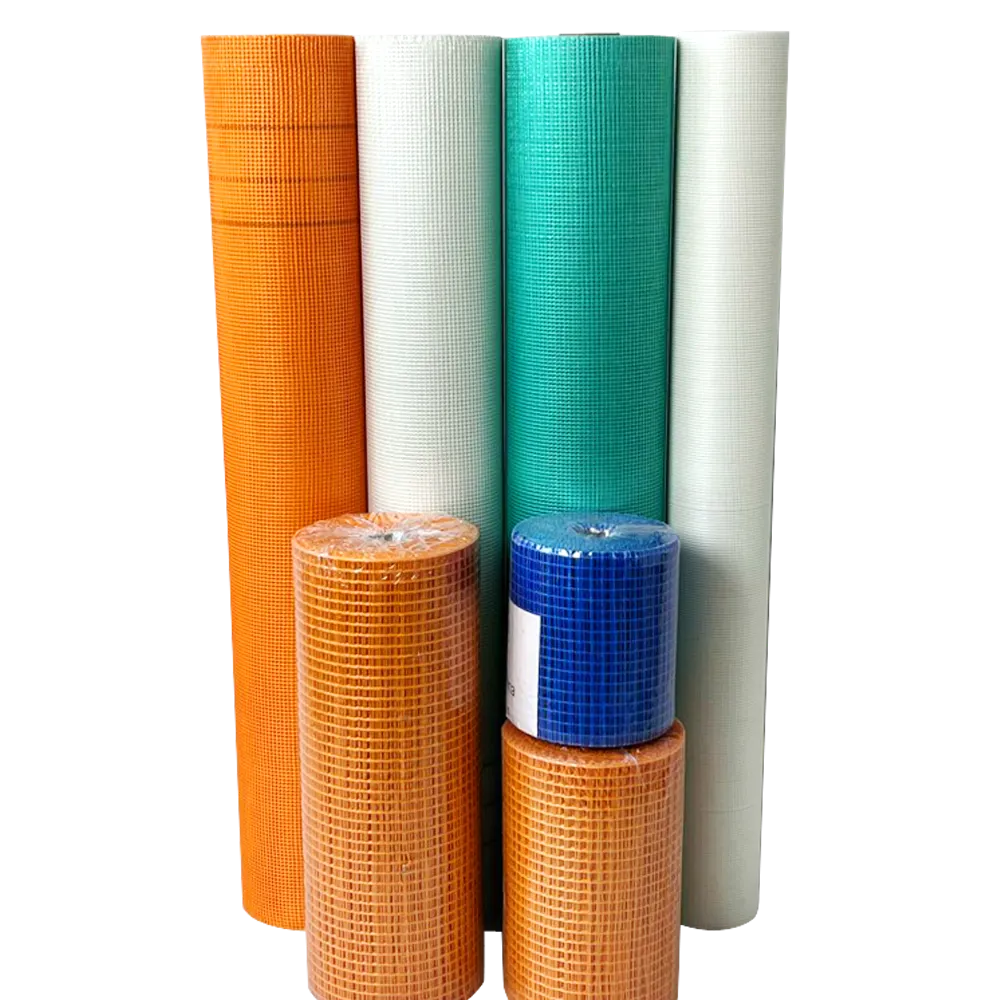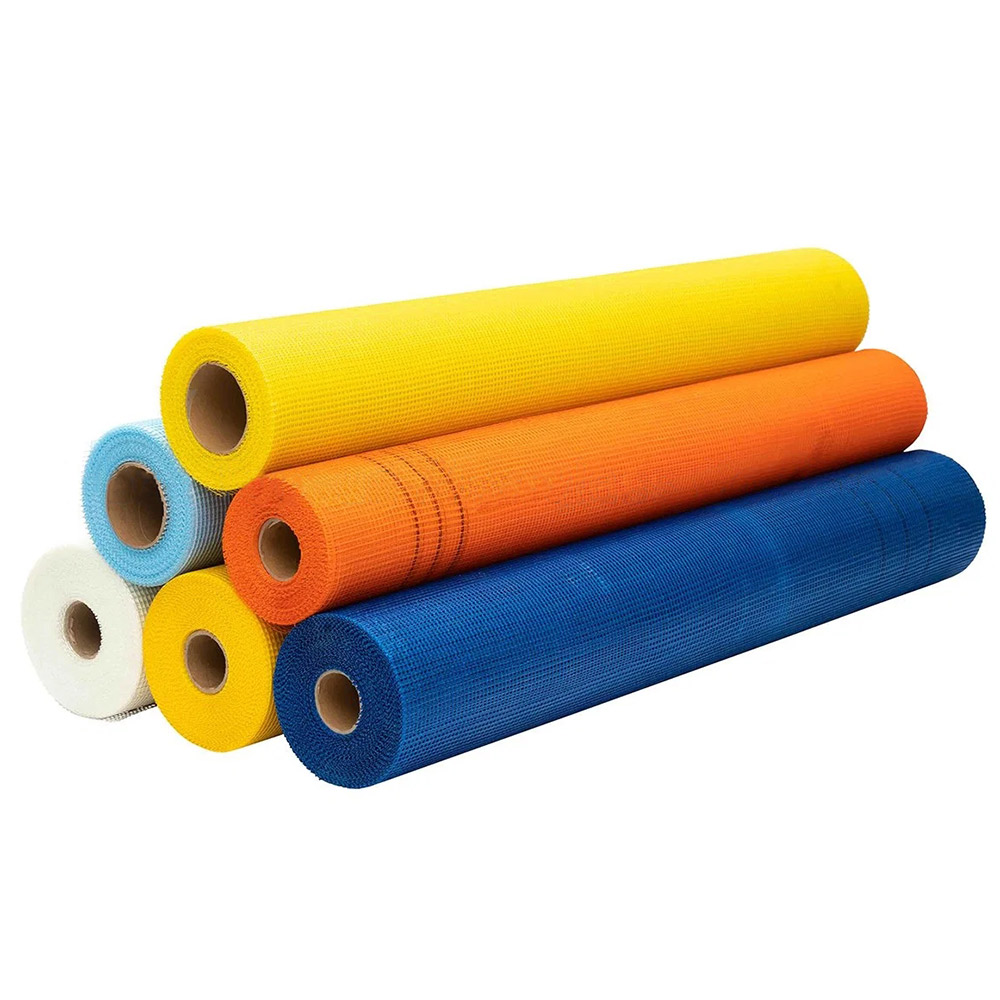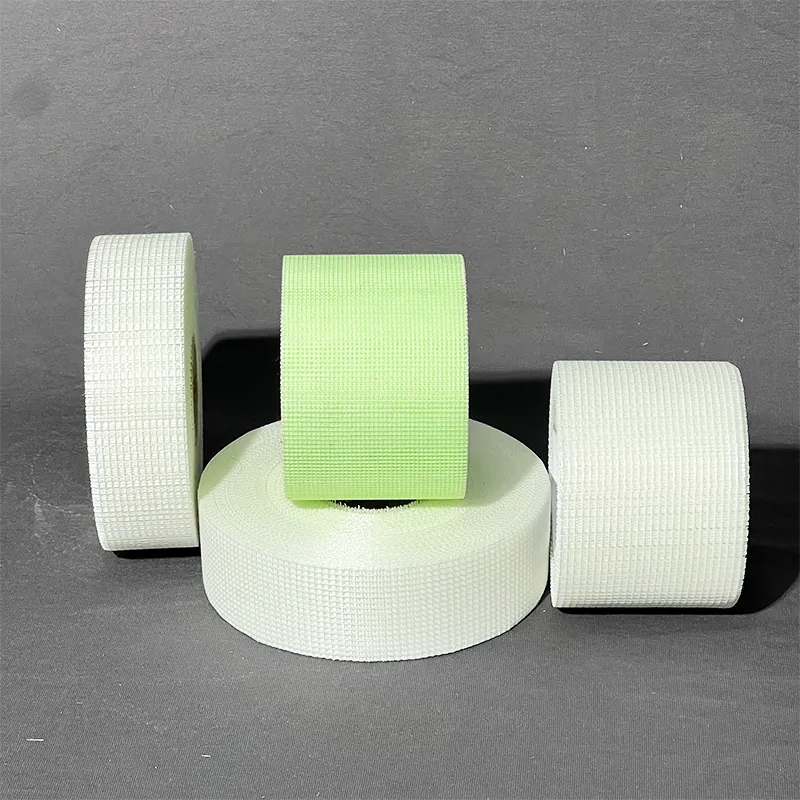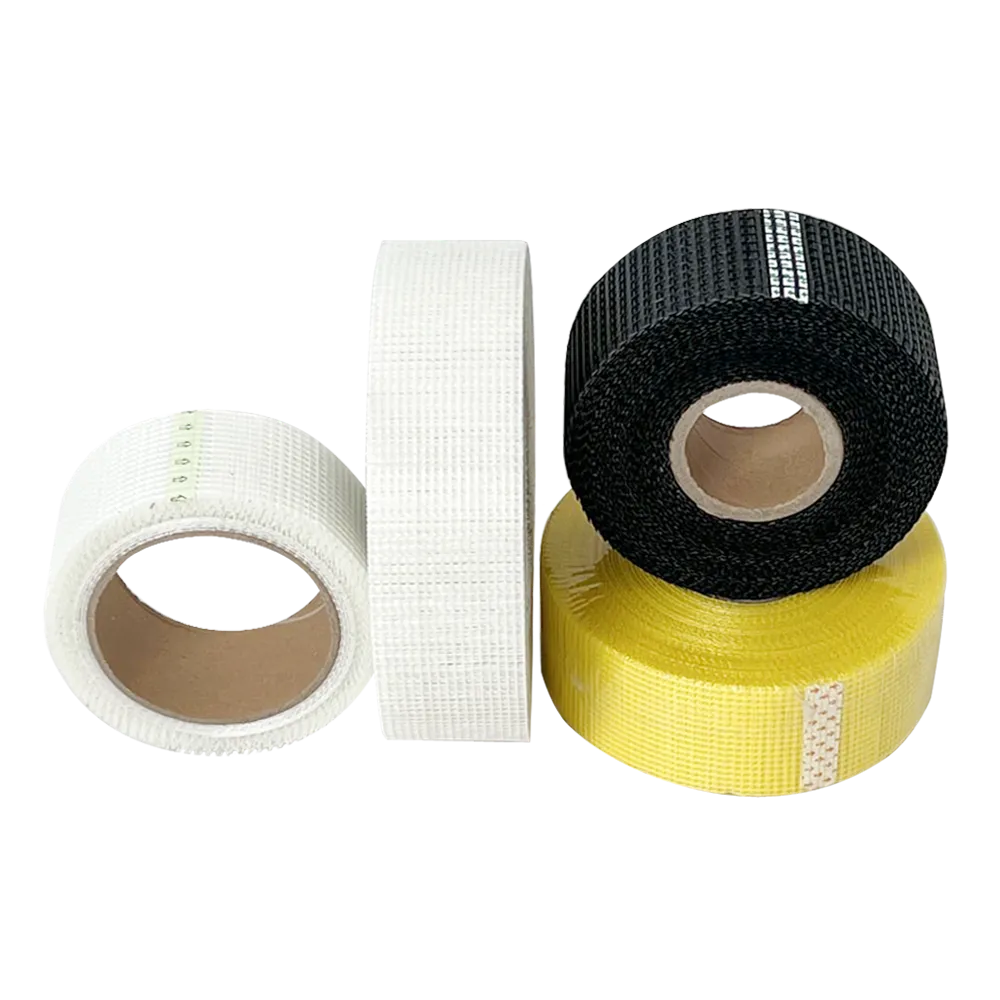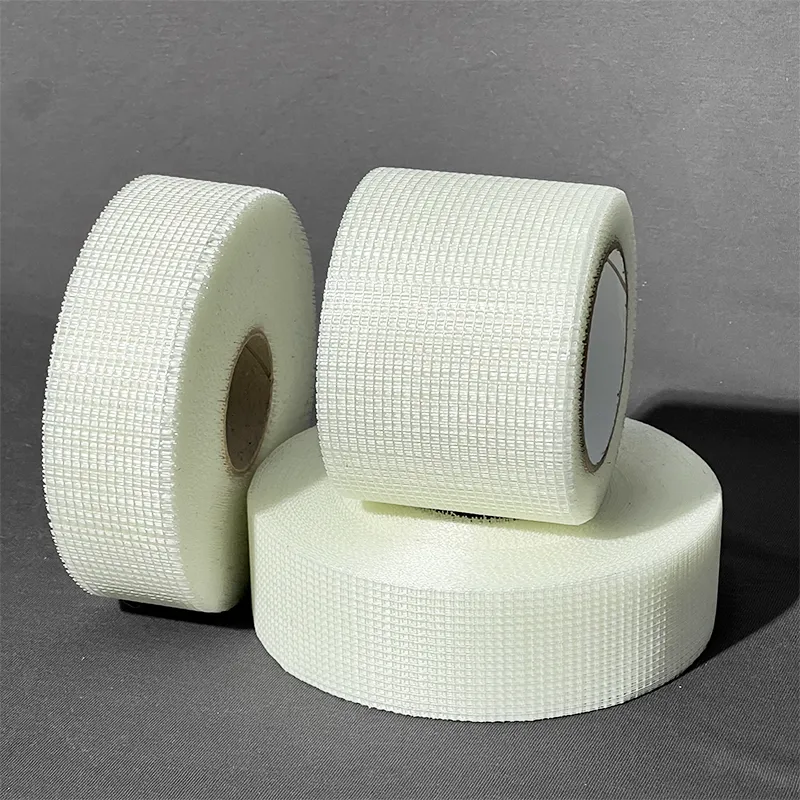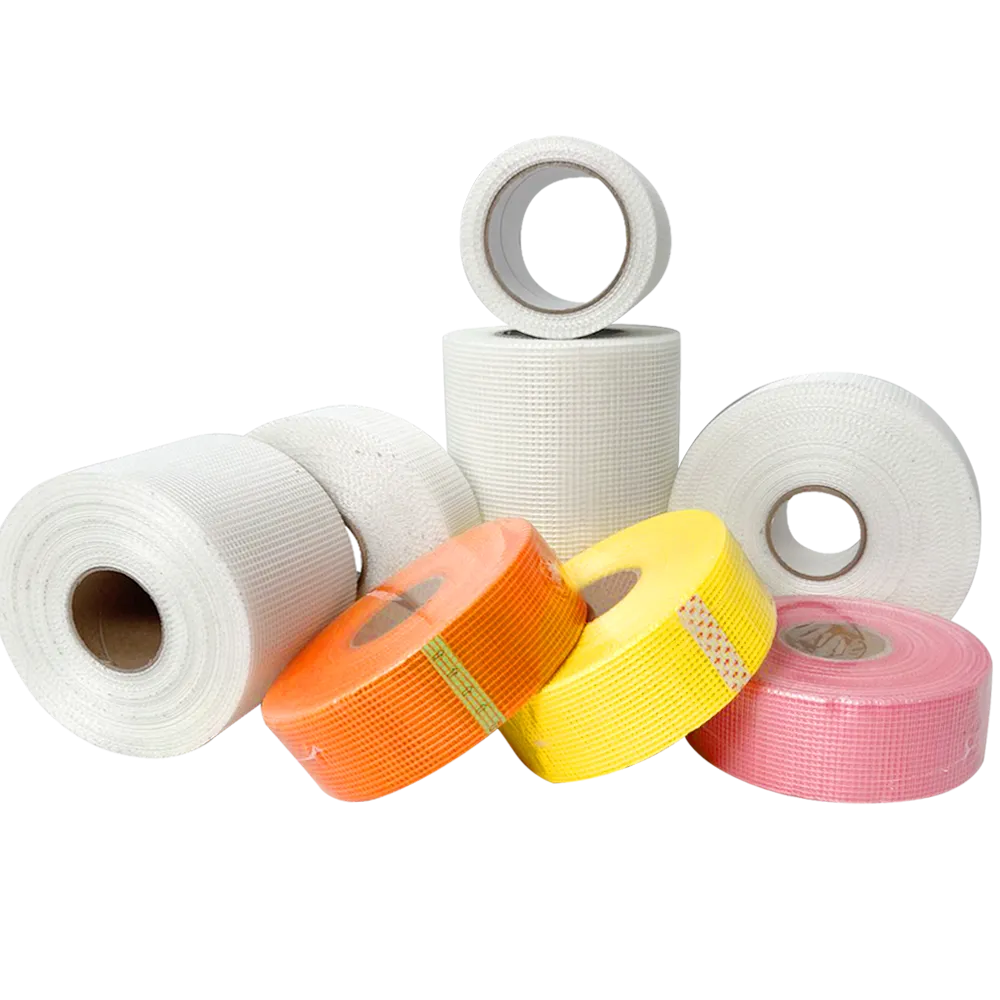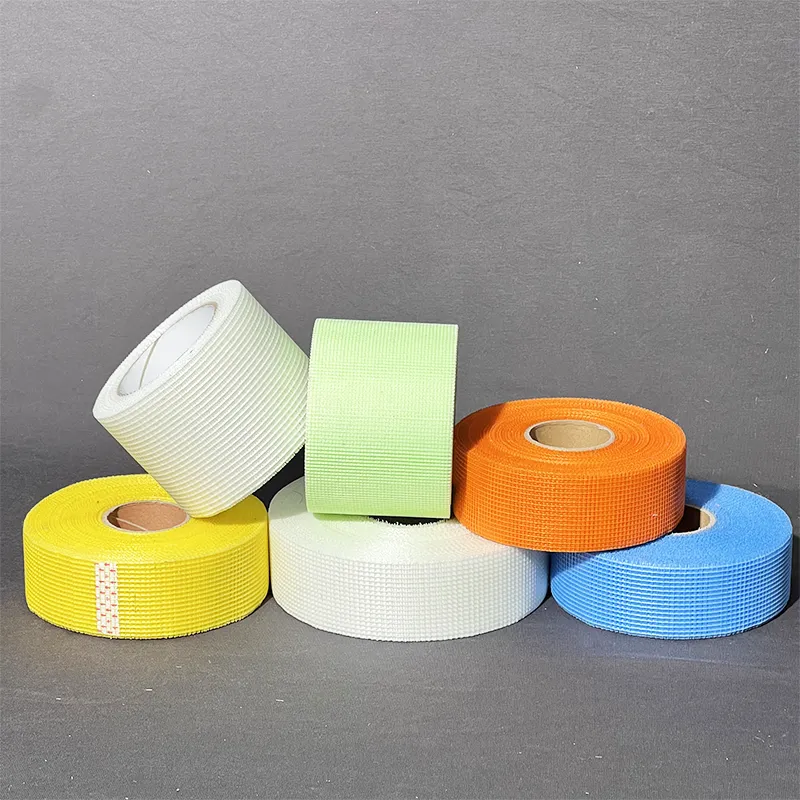Ιούλ . 08, 2025 07:36 Back to list
Discover What is Fiberglass Mesh Used For & Its Benefits CE Certified Fiberglass Mesh Tape Solutions
- Introduction to what fiberglass mesh is used for and its significance
- Exploring the technical advantages and role of fiberglass mesh tape
- Understanding CE certification in the context of coated fiberglass mesh
- Comparative analysis of leading fiberglass mesh manufacturers
- Customized solutions in the fiberglass mesh industry
- Notable application cases, industry adoption, and performance data
- Summary – Key insights on what is fiberglass mesh used for
and value propositions
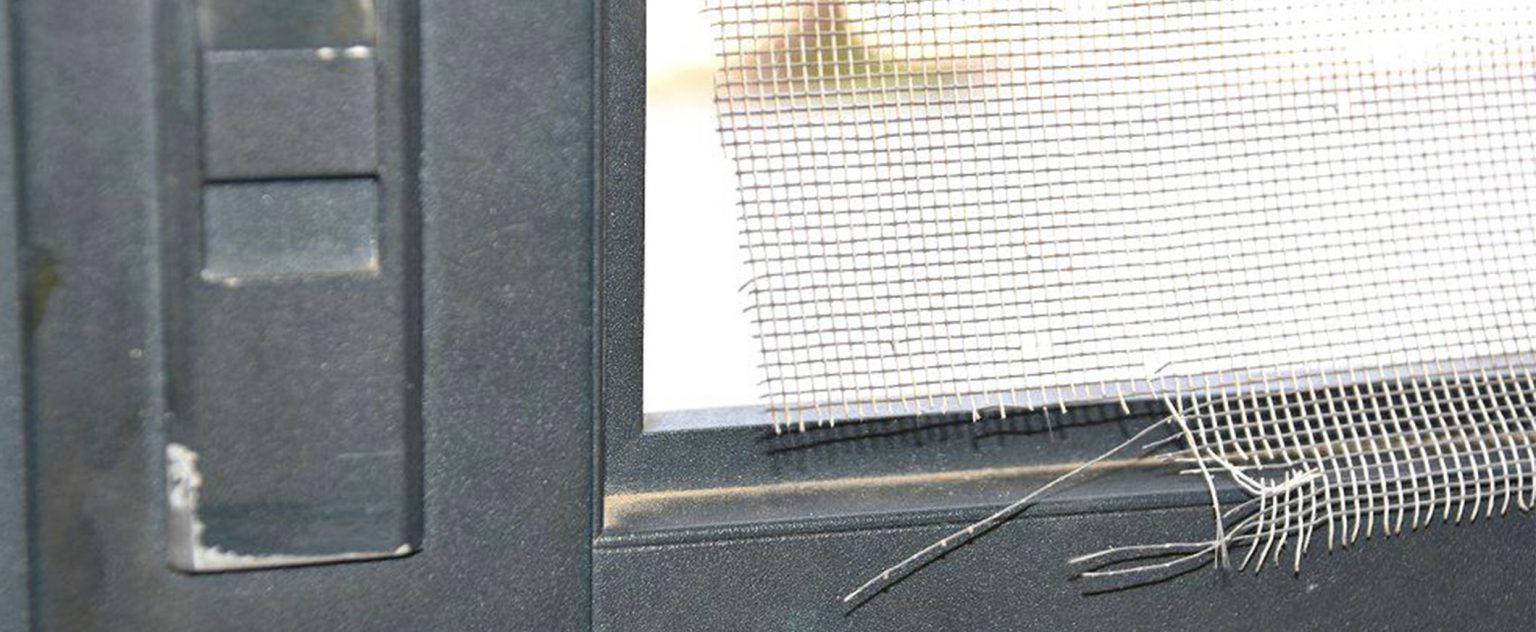
(what is fiberglass mesh used for)
Unpacking What Is Fiberglass Mesh Used For: Essential Functions and Importance
Fiberglass mesh has emerged as a cornerstone material across construction, industrial reinforcement, and composite manufacturing, renowned for its durability, versatility, and resistance to harsh conditions. Predominantly woven from E-glass fibers, its applications span multiple domains owing to its high tensile strength and exceptional dimensional stability. Recent market research underscores its escalating importance: The global fiberglass mesh market, projected to reach $2.4 billion by 2027 (CAGR of 5.2% from 2022), attributes this growth largely to increasing demand from the construction sector for wall reinforcement, facade insulation, and waterproofing solutions. Even in demanding scenarios like road surfacing and tile work, fiberglass mesh bolsters structural integrity and mitigates crack propagation, thereby extending service life and reducing maintenance. Its lightweight structure, non-corrosive makeup, and thermal adaptability render it indispensable in both new constructions and renovations. Ultimately, whether addressing substrate movement, shrinkage problems, or thermal variations, fiberglass mesh has become essential for industry professionals seeking performance and durability.
Technical Edge: The Role of Fiberglass Mesh Tape and Its Advantages
Fiberglass mesh tape exemplifies the targeted application of mesh technology, tailored especially for drywall seam reinforcement, joint finishing, and crack repair. Distinguished by its self-adhesive backing, it streamlines installation, improving joint strength and preventing surface fissures. Statistically, using fiberglass mesh tape for drywall joints can reduce fissure incidents by up to 93% compared to traditional paper tape, according to construction standards institutes. Its open-weave architecture ensures optimal penetration of joint compound, resulting in smooth, robust joints, while its alkali-resistant coating defends against chemical degradation—a common pitfall with uncoated or organic alternatives. Additionally, fiberglass mesh tape withstands temperature fluctuations and moisture ingress, maintaining integrity in damp environments. For floor underlayments, stucco work, and patching concrete, this tape approach is also crucial, catering to rapid repair cycles without compromising structural requirements. Specialists favor fiberglass mesh tape for its dimensional stability, ease of use, and long-term performance, making it a linchpin in modern drywall assemblies and allied construction tasks.
CE Certification and Performance of Coated Fiberglass Mesh
As construction regulations tighten worldwide, the adoption of CE certification coated fiberglass mesh reflects a pivotal move towards quality assurance, product traceability, and compliance. CE marking signals adherence to European harmonized safety and performance standards, notably those governing mechanical resistance, chemical safety, and fire performance (EN 13496, EN 13914). Coated fiberglass mesh, typically treated with alkali-resistant polymers like PVC or acrylics, is characterized by increased stability in cementitious environments — maintaining over 90% tensile strength after 28 days in alkaline solution, per EN 13496 test data. This mitigates risk of degradation, especially in External Thermal Insulation Composite Systems (ETICS), stucco facades, and waterproofing applications. With the ongoing evolution of energy-efficient building codes, CE-certified coated meshes also play a central role in external insulation and finish systems, ensuring both longevity and regulatory compliance throughout Europe and beyond. Procurement specialists increasingly insist on CE certified mesh for both public and private projects, reinforcing its role as an essential standard in today’s supply chains.
Vendor Comparison: Quality Metrics and Market Leaders in Fiberglass Mesh
Selecting the right manufacturer is crucial for ensuring product reliability and regulatory compliance. Major brands differentiate themselves through rigorous quality control, product innovation, and global certification portfolios. The following table summarizes key metrics from leading fiberglass mesh suppliers, focusing on tensile strength, mesh density, coating material, CE compliance, and average cost (values in USD per square meter, indicative as of Q1 2024):
| Manufacturer | Tensile Strength (N/50mm) | Mesh Density (mesh/inch) | Coating Material | CE Certification | Avg. Price (USD/m²) |
|---|---|---|---|---|---|
| Saint-Gobain | 1750 | 5x5 | PVC | Yes | 2.30 |
| Johns Manville | 1600 | 4x4 | Acrylic | Yes | 2.10 |
| GlasGrid (Saint-Gobain) | 1850 | 6x5 | PVC | Yes | 2.50 |
| Jiangxi Dahua | 1580 | 4x5 | Nitrile | Pending | 1.85 |
| Adfors | 1700 | 5x5 | Polyester | Yes | 2.25 |
The above comparison reveals that European and US-based suppliers typically offer higher consistency in CE compliance and tensile strength, key for critical applications. While cost differences may appear marginal, the long-term benefits of certified, high-durability mesh—reduced failure rates, minimized repairs, and extended warranties—justify premium selections for most commercial and public projects.
Tailored Solutions: Customization Trends in the Fiberglass Mesh Industry
The fiberglass mesh industry has shifted towards offering bespoke product variants, responding to specialized client requirements in building physics, substrate compatibility, and aesthetic integration. Modern manufacturers can modify mesh weight (typically between 45g/m² and 200g/m²), weave patterns (leno, plain), and mesh gauge (openings from 2.5mm to 7mm) to align with specific performance profiles. For example, projects demanding enhanced impact resistance—such as high-traffic public spaces or seismic-prone zones—often specify heavier gauge and denser coatings. Color customization, now enabled via UV-stabilized coatings, addresses facade design and branding needs without sacrificing durability. Advanced lamination techniques also allow for multi-layer composites, where fiberglass mesh is combined with polystyrene, foils, or fire-retardant materials, yielding hybrid performance matrices. According to supplier data, customized contracts have grown by 42% in the past three years, reflecting market demand for performance-driven differentiation. Leading brands support quick-turn prototyping, technical advisory, and batch-traceable manufacturing to facilitate end-to-end customization.
Use Cases and Performance Data: Fiberglass Mesh in Action
Fiberglass mesh’s value is perhaps best illustrated through real-world application scenarios and performance analyses. In external wall insulation systems across Central Europe, utilizing CE certification coated fiberglass mesh led to a 38% reduction in cracking incidents over a 10-year monitoring period, compared to conventional reinforced renders. In road paving overlays, mesh layers reinforced with alkali-resistant coatings prolonged pavement life by an average of seven years, yielding a maintenance cost saving of $17,500 per lane-mile annually (source: International Concrete Pavement Association). In interior drywall installations, replacing paper tape with fiberglass mesh tape resulted in 70% faster application and a measurable decline in post-installation callbacks for joint separation. Another notable adoption was in high-rise construction in Southeast Asia, where tailored mesh grades with specialized UV protection preserved facade integrity despite annual exposure to over 1800 hours of direct sunlight. Performance audits have shown consistent gains in service longevity, sustainability ratings, and safety benchmarks wherever advanced fiberglass mesh systems are utilized.
Conclusion: Key Insights on What Is Fiberglass Mesh Used For and Market Opportunities
In summary, fiberglass mesh—including its specialized derivatives like fiberglass mesh tape and CE certification coated mesh—has proven indispensable for contemporary construction and industrial sectors. With documented performance advantages, customizable options, and verified compliance with global standards, it offers a compelling combination of resilience and adaptability. Market statistics, technical innovations, vendor differentiation, and impactful application cases collectively inform procurement and design decisions at all levels. As infrastructure demands escalate and building codes evolve, understanding what is fiberglass mesh used for—and selecting the right grade and supplier—remains crucial for achieving enduring results, minimizing lifecycle costs, and supporting sustainable growth in diverse industries.
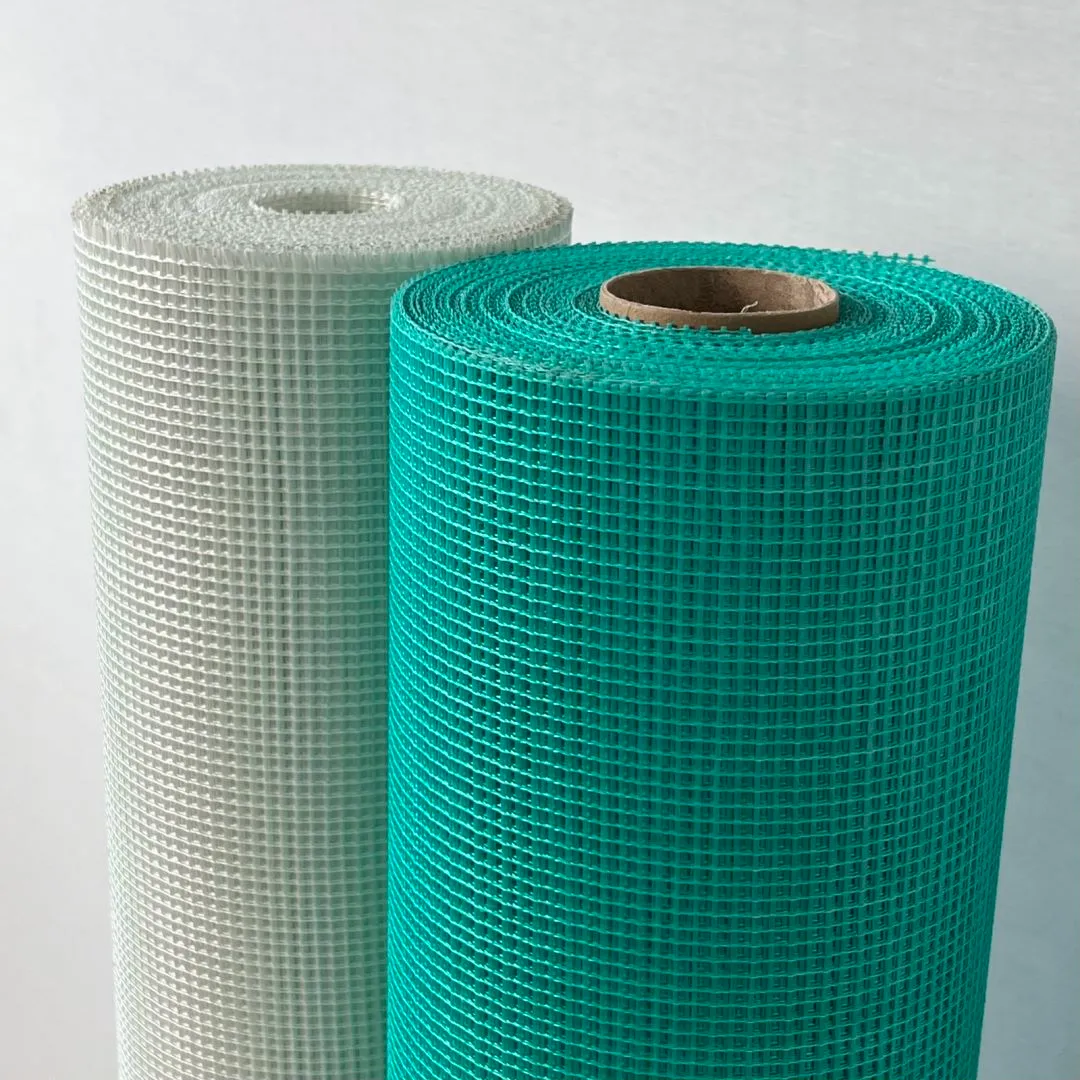
(what is fiberglass mesh used for)
FAQS on what is fiberglass mesh used for
Q: What is fiberglass mesh used for?
A: Fiberglass mesh is commonly used to reinforce walls, ceilings, and floors in construction. It helps prevent cracks and adds strength to plaster, cement, and epoxy. It's also suitable for insulation systems and waterproofing projects.Q: What is fiberglass mesh tape used for?
A: Fiberglass mesh tape is mainly used to cover seams and joints in drywall installation. It helps prevent cracking and provides a strong, smooth surface for finishing. It's self-adhesive and easy to apply.Q: Why is CE certification important for coated fiberglass mesh?
A: CE certification ensures that coated fiberglass mesh meets European safety, health, and environmental standards. It signifies the product's quality and reliability for construction applications. This is especially important for importers and large projects.Q: Can fiberglass mesh be used for waterproofing?
A: Yes, fiberglass mesh is often embedded within membranes or coatings to enhance waterproofing. It adds durability and prevents the formation of cracks. It is widely used in bathrooms, basements, and exterior walls.Q: What are the benefits of using coated fiberglass mesh?
A: Coated fiberglass mesh offers improved chemical resistance and longer durability compared to uncoated mesh. The coating helps prevent corrosion and improves adhesion with adhesives and mortars. It's ideal for demanding construction and renovation tasks.-
The Versatile Role of Fiberglass Mesh in Modern ConstructionNewsJun.09,2025
-
The Essential Role of Alkali Resistant Fiberglass mesh Tape in Modern ConstructionNewsJun.09,2025
-
Strengthening Walls and Joints with Fiberglass mesh Tape SolutionsNewsJun.09,2025
-
Fiberglassmesh Tape Solutions for Stronger Walls and Cleaner FinishesNewsJun.09,2025
-
Fiberglass Reinforcement Mesh: A Modern Essential for Durable FinishesNewsJun.09,2025
-
Enhancing Construction Durability with Self-Adhesive Fiberglass Mesh SolutionsNewsJun.09,2025
